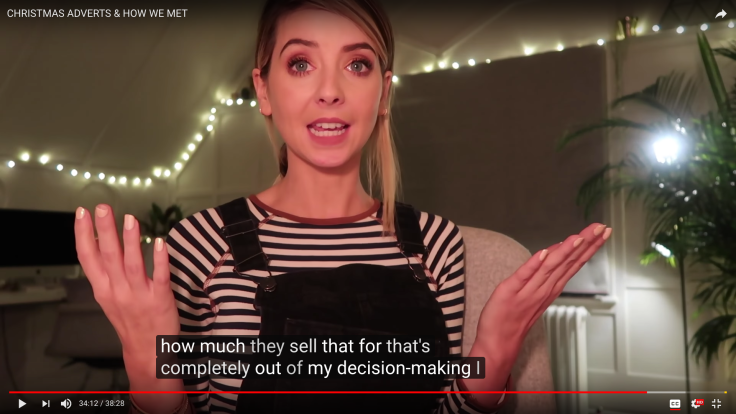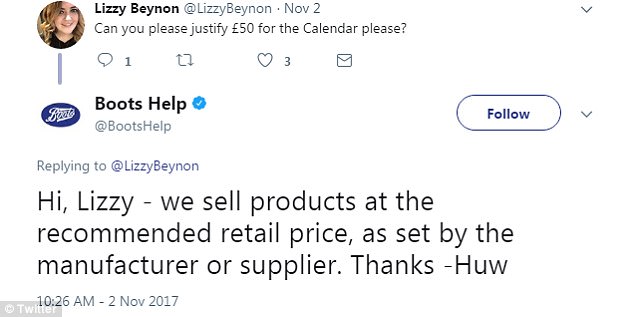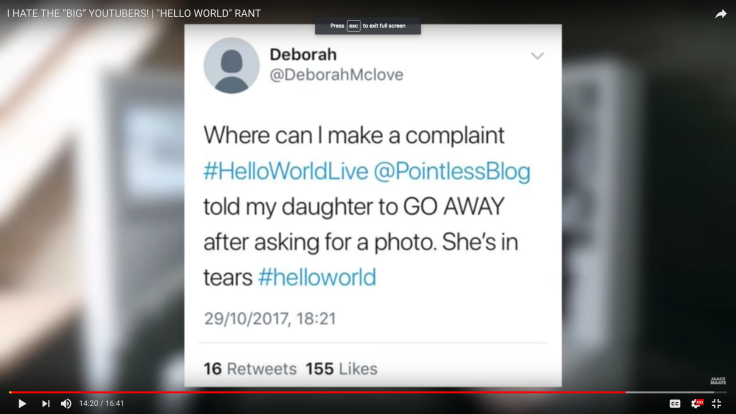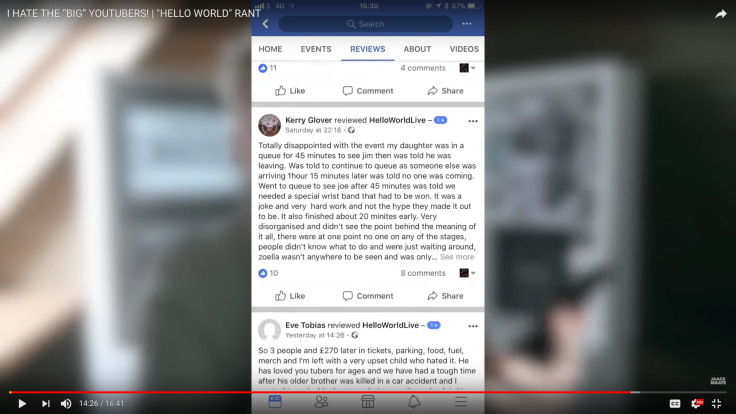Youtube.com is the second most popular social media site in the world, raking in over 1.5 billion monthly users. Youtube has a channel for almost anyone, like gaming? Well, there’s a plethora of gaming channels/videos on youtube. Same goes for infotainment, comedy sketches, straight up rants and critiques of other content creators and so much more. However, if you look past the DIY slime videos, makeup tutorials and epic daily vlogs, you find that some of these channels, particularly the ones targeted at younger demographics can be dishonest to their viewers. Even manipulative at times when they get exposed for their manipulative behaviour. I’ll be looking at the historical context of the controversial practice of advertising to children, finding out how to identify when a content creator is trying to manipulate their audience. Then finally, we’ll put what we learnt to the test by analysing two instances of content creators being called out for their actions and dissect how they respond, also looking at their body language and seeing if there are any giveaways of deception. My overall aim for this is to gain a greater understanding of exploitation in a youtube setting.
Manipulation comes in various forms. in the context of this essay, we’ll discuss the two most common types. There’s emotional manipulation where the manipulator gains sympathy and trust through deceiving and making their victim empathise with them. Then there’s Consumeristic manipulation, this is when companies create a culture through advertising that promotes a cult-like setting, a good example of this is high-end clothing line “Supreme”. This brand and others like it have in-themselves become a culture that a lot of young people believe is synonymous with self-worth.
We live in a culture of consumerism, there’s no doubt about that. However, a lot of the brands who partake in this tactical advertising are fully aware that a lot of their customers are teens and young adults. Emotional manipulation is also rampant in mainstream media, particularly in the music industry. Musicians, especially mainstream musicians have to market themselves to stay relevant and to bring in a wider audience. This practice isn’t wrong per say, however, there should be a level of genuineness especially if these artists are attempting to relate to their audiences. A rapper that comes to mind when I think of this idea is (Odd) Future, this artist has built his entire empire by creating a persona of an avid drug user. However, In a fairly recent interview, he admitted: “I’m not like super drugged out or [a] drug addict”. While in his music he states “I’m an addict and I can’t even hide it”. As you can see he is contradicting his own lyrics. Music, especially rap music has always been about authenticity and brute honesty so you can see why his audience was disappointed when the artist they believed him to be wasn’t the artist he actually was. There are actual artists who come from humble beginnings and are honest with their listeners. E.g. most UK hip-hop and grime artists, however, they can get swamped over by these over the top caricatures like future, Lil Pump and others. they all give listeners a false perception of reality.
Bobby Burns is a youtube content creator who is best known for film reviews and meta-critiques on youtube. Burns released this video to place emphasis on how content creators abuse the literary technique of hyperbole to gain sympathy and views. This is without ill intent, however, it is still important to be mindful of these practices. The first manipulation technique discussed is “The Sigh”, which is when you begin a video by sighing to give the impression of vulnerability. This and other techniques mentioned in this video are regularly used by content creators with young audiences in an attempt to gain traction and in some cases money. I’ll now look at various instances of manipulation on youtube and identify any red flags that indicate manipulation and dishonesty. This video does
Zoella is a beauty and lifestyle blogger on youtube, she is one of British youtube’s most famous success stories. However, with great power comes great responsibility. Zoella real name Zoe Sugg wanted to expand her brand, this led to “Zoella Beauty”. First off I want to make it clear I am not saying that content creators can’t sell merchandise, however, it’s pretty basic knowledge that if you buy something at an inflated rate, you expect a good quality product. This is not what Zoella fans got when they purchased Zoella’s £50 Christmas Advent calendar from boots.
As you can see in this satirical review from the content creator Jaack Maate, a lot of the products in this 12-day advent calendar were flimsy, bad quality and can be found elsewhere for a fraction of the price. Put into consideration that almost all of her audience range from the ages of 7 – 17 you get a clearer image of just how much fans (and their parents) are being exploited.
When Zoella responded due to the backlash and the overall 2-star rating on boots.com, first off Sugg only addressed the situation at the end of a 40-minute vlog secondly she claimed she didn’t choose the price, however, this was easily debunked by the boots twitter account. The part of this explanation was when Sugg stated “I worked on this calendar for a year” which is an obvious lie. It doesn’t take much effort or artistic integrity to find a 75p cookie cutter and a mini bag of green and gold confetti.



As You can see here boots stuck to the Recommended Retail Price that was given by the manufacturer, this a contradiction to Sugg’s statement that the retailer decided the price.
This is not the first instance of Zoella being involved in some controversy over exploiting young audiences. A couple of days prior to the Advent calendar debacle first came about there was the “Hello World” fiasco. Hello World was marketed as “An epic immersive live show, like nothing else on earth.” However, if you merely skim through the reviews on their (Now deleted) facebook event page you’d see messages from disappointed parents. In this video from the content creator, I mentioned previously, you can clearly see how much these fans were manipulated. Not only were the tickets £90 – £100 (other youtube conventions that they stopped attending have tickets that cost a fraction of the price). Not to mention it was poorly organised with limited security which caused health and safety issues and none of the big creator’s who were partners with the company that ran Hello World keep in mind, met any of their paying fans when it was initially advertised as a Meet & Greet opportunity. This whole event was a money making scheme, which is fine but they should at least have some level of respect for the people who got them in the position they’re in. This is a classic example of exploitation, knowing that these young people will do anything to support or in this case Meet their youtube idols. When there are other youtube events like Summer in the City (that I’ve personally been to) that have phenomenal security and opportunities to interact with creators through talk pannels and Meet & Greets not to mention a lot of the creators casually walk around the convention centre. Summer in the City makes Hello World look like a farce.


As you can see in the tweet above, these creators are denying selfies and ruining these kids day and by proxy ruining their paying parents day. Below is an event review on their (Now deleted) Facebook page. This parent relays what I was discussing earlier; a very disorganised event. And some Youtube creators not even showing up to say hello to fans.
It’s not only in the UK that Youtube manipulation is rampant, it’s also rampant across the pond in the states. This is Social Repose, real name Ritchie Giese. He is a musician and all round youtube vlogger. This video is a body language analysis of Giese’s apology video after he was outed for cheating on his wife who is also a youtube content creator. What struck me most in this video is how he used mental illness as a justification of infidelity.
This video is a response to his ex and all the fans that were disappointed in him. Right off the bat, we can see Giese using the “Camera touch” manipulation technique and doing “The sigh”. We can also see the shifty eye movement, all techniques that were in the Bobby Burns video discussed earlier. In this video, Giese somewhat makes himself out to be a victim of this and uses mental health as an excuse. A lot of his audience did forgive him without making accountable for his actions. This leads to children defending heinous behaviour and using mental health as an excuse for said heinous behaviour.
In conclusion, Fan exploitation and is commonplace on youtube. It’s up to the older audience and other YouTuber users to call out this behaviour and speak to these kids about what the true motives are for some of these creators. Also, advertising can have disastrous effects on the young people who watch them. The only way to truly stop these impressionable kids from being manipulated is by opening up the conversation, I’m hoping to open the conversation through my final major project.
